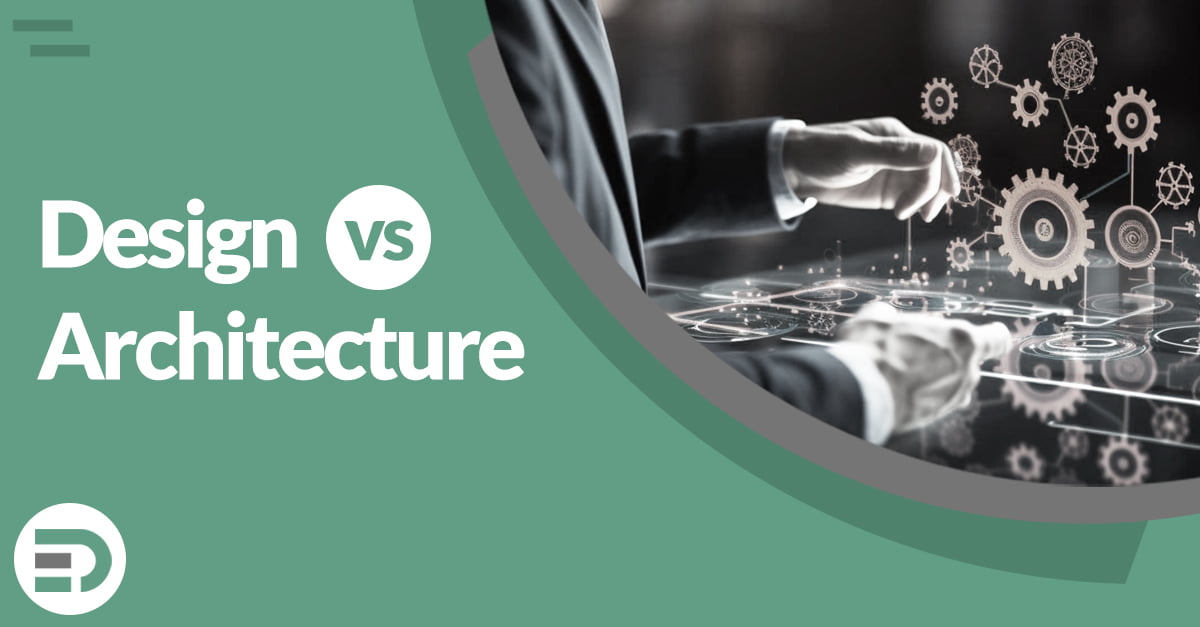Understanding Terminology: Design vs. Architecture in Technology
It’s common to hear the terms ‘design’ and ‘architecture’ used interchangeably. We often don’t need to distinguish between the two in everyday discussions. However, when we dive deeper into the realms of technology, understanding the distinct roles of architecture and design becomes crucial.
Architecture: The Blueprint of Technology
Think of architecture as a high-level structure. It’s about laying out the interaction between major elements, much like the foundation and framework of a building. Architecture becomes a guiding framework for future decisions, systems and expansions. It’s the blueprint that outlines how different parts of a system or systems will work together, ensuring a cohesive and functional end result.
The role of architecture in technology is pivotal. It sets the stage for all future decisions and ensures that each component interacts seamlessly with others. The architectural phase is where the broad strokes are painted, setting the scene for the detailed work of design.
Design: Crafting the Details
While architecture gives us the big picture, design is all about the details of those individual components. It’s a more granular view, focusing on the specifics of each part and how they will function. The design phase is also about socializing decision points, bringing together different perspectives to refine and optimize each element.
At the design stage, you’re drafting a plan to follow during the build stage. It’s akin to a proposal – at the time of writing, it’s not yet set in stone, but it outlines what features or functionalities will be enabled. Design turns the conceptual framework of architecture into a detailed, actionable plan.
The Synergy of Architecture and Design
Understanding the difference between architecture and design helps in appreciating how they work together. Architecture sets the stage, providing a high-level structure and vision. Design then steps in to fill in the details, turning the broad strokes of architecture into a finely detailed plan. It’s a harmonious relationship where each plays a distinct yet interconnected role in the journey from concept to reality.
Conclusion
In conclusion, while architecture and design are often used interchangeably, their roles in technology are distinct and complementary. Architecture is the blueprint, providing the high-level framework, while design is the proposal that adds detail and specificity to this framework. Recognizing this distinction enables a clearer, more effective approach to building robust and efficient systems.
So, the next time you’re discussing a tech project, remember: architecture sets the framework, design fills in the details.








Leave A Comment